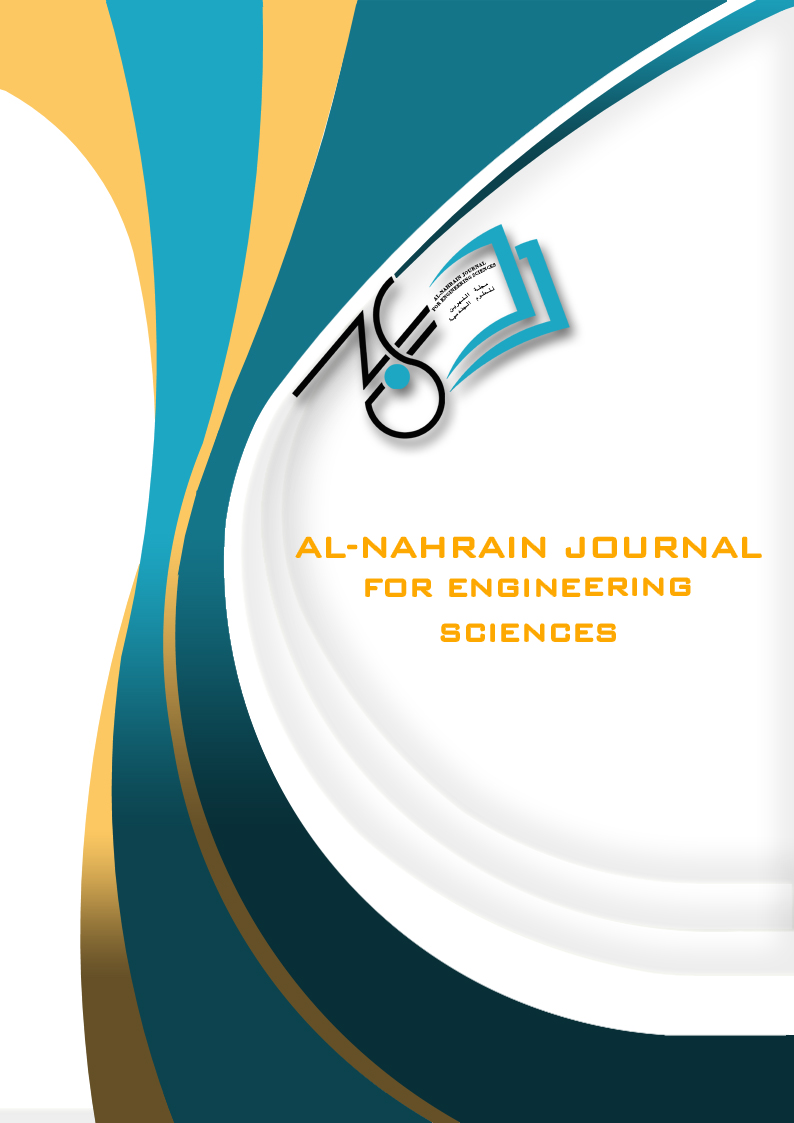The Effect of Green Spaces on Mitigating the Symptoms of Hyperactivity Disorder and Lack of Attention in Children
DOI:
https://doi.org/10.29194/NJES.28020288Keywords:
Green Spaces, Hyperactivity Disorder, Lack of Attention, ChildrensAbstract
Children of hyperactivity are like any other children, but they are unable to integrate with society and the environment, because hyperactivity is a developmental disorder that makes the child uncontrollable, difficult to understand, learn and socialize and is placed in the centres of disease control as a serious public health problem. Here, the role of architecture is in its active contribution to improving social interaction and addressing part of the problems of this group of children. This treatment has a significant impact on improving the quality of children's environment in general and children of hyperactivity in particular, thus facilitating interaction and learning with their peers by working to create a healthy environment that meets their needs inside and outside the building. Due to the lack of interest or thorough studies on children with hyper-active, distracted children and the impact of their surrounding environment, whether internal or external, especially within Iraq, despite their considerable and multiple creative potential (physical or mental). Therefore, the aim of the research was to determine the extent of the effect of green on the elite or hyperactivity symptoms of children suffering from hyperactivity syndrome, and to contribute to their positive, sensory and collective appearance.
Downloads
References
H. Khreis, E. Van Nunen, N. Mueller, R. Zandieh, and M. J. Nieuwenhuijsen, “Commentary: How to create healthy environments in cities,” Epidemiology, 2017. DOI: https://doi.org/10.1097/EDE.0000000000000550
S. S. Hamdan, “Green plants are beneficial: City environment (Baghdad as an example),” [unpublished paper].
Y. Almamalachy, “GEE Satellite Image Services,” [Online]. Available: https://yousif-almamalachy.users.earthengine.app/view/gee-satellite-image-services United Nations, “Sustainable Development Goals,” [Online]. Available: https://sdgs.un.org/ar
F. S. V. Machado, W. D. Casagrande, A. Frizera, and F. E. M. da Rocha, “Development of serious games for neurorehabilitation of children with attention-deficit/hyperactivity disorder through neurofeedback,” 2019. DOI: https://doi.org/10.1109/SBGames.2019.00022
G. Wang, Y. Zhang, J. Zhao, J. Zhang, and F. Jiang, “Mitigate the effects of home confinement on children during the COVID-19 outbreak,” 2020. DOI: https://doi.org/10.1016/S0140-6736(20)30547-X
X. Zhang, X. Lu, X. Zhang, and D. S. Mandell, “Effect of home size on children with attention-deficit/hyperactivity disorder: A nationally representative analysis,” JAMA Pediatr., vol. 173, no. 9, pp. 880–887, 2019.
M. Thygesen, K. Engemann, G. J. Holst, B. Hansen, C. Geels, J. Brandt, and C. B. Pedersen, “The association between residential green space in childhood and development of attention-deficit/hyperactivity disorder: A cohort study,” 2020. DOI: https://doi.org/10.1289/EHP6729
A. Kemperman and H. Timmermans, “Green spaces in the direct living environment and social contacts of the aging population,” Landsc. Urban Plan., 2014. DOI: https://doi.org/10.1016/j.landurbplan.2014.05.003
E. G. Spira and J. E. Fischel, “The impact of preschool inattention, hyperactivity, and impulsivity on social and academic development: A review,” J. Child Psychol. Psychiatry, 2005. DOI: https://doi.org/10.1111/j.1469-7610.2005.01466.x
B. E. Saelens, J. F. Sallis, J. B. Black, and D. Chen, “Neighborhood-based differences in physical activity: An environment scale evaluation,” Am. J. Public Health, 2003. DOI: https://doi.org/10.2105/AJPH.93.9.1552
E. Almanza, M. Jerrett, G. Dunton, E. Seto, and M. A. Pentz, “A study of community design, greenness, and physical activity in children using satellite, GPS and accelerometer data,” Health Place, 2012. DOI: https://doi.org/10.1016/j.healthplace.2011.09.003
LawnStarter, “Green walls landscaping ideas,” [Online]. Available: https://www.lawnstarter.com/blog/landscaping/green-walls/
O. T. Mytton, N. Townsend, H. Rutter, and C. Foster, “Green space and physical activity: An observational study using Health Survey for England data,” Health Place, 2012. DOI: https://doi.org/10.1016/j.healthplace.2012.06.003
Rumahouse, “Garden paths and walkways ideas,” [Online]. Available: https://rumahouse.com/17-beauty-garden-paths-and-walkways-ideas-to-increase-your-garden-beauty/
Q. Liu, Y. Zhou, X. Xie, Q. Xue, K. Zhu, Z. Wan, H. Wu, J. Zhang, and R. Song, “The prevalence of behavioral problems among school-aged children in home quarantine during the COVID-19 pandemic in China,” 2021. DOI: https://doi.org/10.1016/j.jad.2020.10.008
N. M. Wells, “At home with nature: Effects of greenness on children’s cognitive functioning,” 2000. DOI: https://doi.org/10.1177/00139160021972793
H. Dodangeh, “The effect of parents’ attitudes toward play in green space on children’s cognitive flexibility during COVID-19 home quarantine,” 2021.
F. Becker, “Effects of regular classes in outdoor education targeting students’ learning, social, and health dimensions: A systematic review,” 2017. DOI: https://doi.org/10.3390/ijerph14050485
W. Sullivan, “Impact of views to school landscapes on recovery from stress and mental disease,” 2016.
A. Flori, “The role of urban neighbourhood green space in children’s emotional and behavioural resilience,” 2014. DOI: https://doi.org/10.1016/j.jenvp.2014.06.007
GINIPlus and LISAplus Studies, “Access to urban green spaces and behavioural problems in children,” [unpublished data].
K. Engemann, “Residential green space in childhood is associated with lower risk of psychiatric disorders,” 2019. DOI: https://doi.org/10.1073/pnas.1807504116
S. Alizadeh, “Home indoor environmental quality and attention,” 2023.
A. F. Taylor, “Could exposure to everyday green spaces help treat ADHD? Evidence from children’s play settings,” 2011.
N. S. A. Al Nuqiti, “The effect of interior design on children with ADHD,” 2015.
Downloads
Published
Issue
Section
License
Copyright (c) 2025 Wurood A. Khamees

This work is licensed under a Creative Commons Attribution-NonCommercial 4.0 International License.
The authors retain the copyright of their manuscript by submitting the work to this journal, and all open access articles are distributed under the terms of the Creative Commons Attribution-NonCommercial 4.0 International (CC-BY-NC 4.0), which permits use for any non-commercial purpose, distribution, and reproduction in any medium, provided that the original work is properly cited.














